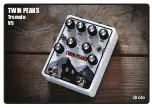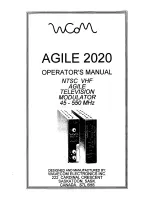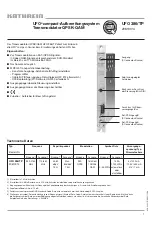
CATALOG
, Strings, Hyperbolic Functions 15-3
8315CATS.DOC TI-83 international English Bob Fedorisko Revised: 02/19/01 12:54 PM Printed: 02/19/01 1:39
PM Page 3 of 10
A string is a sequence of characters that you enclose within
quotation marks. On the TI
-
83, a string has two primary
applications.
•
It defines text to be displayed in a program.
•
It accepts input from the keyboard in a program.
Characters are the units that you combine to form a string.
•
Count each number, letter, and space as one character.
•
Count each instruction or function name, such as
sin(
or
cos(
, as one character; the TI
-
83 interprets each
instruction or function name as one character.
To enter a string on a blank line on the home screen or in a
program, follow these steps.
1. Press
ƒ
[
ã
] to indicate the beginning of the string.
2. Enter the characters that comprise the string.
•
Use any combination of numbers, letters, function
names, or instruction names to create the string.
•
To enter a blank space, press
ƒ
[
'
].
•
To enter several alpha characters in a row, press
y
[
A
.
LOCK
] to activate alpha-lock.
3. Press
ƒ
[
ã
] to indicate the end of the string.
"
string
"
4. Press
Í
. On the home screen, the string is displayed
on the next line without quotations. An ellipsis (
...
)
indicates that the string continues beyond the screen.
To scroll the entire string, press
~
and
|
.
Note: Quotation marks do not count as string characters.
Entering and Using Strings
What Is a String?
Entering a String
















































